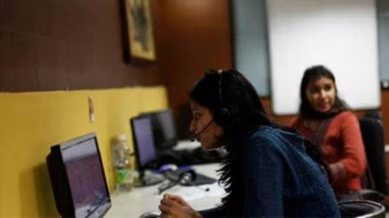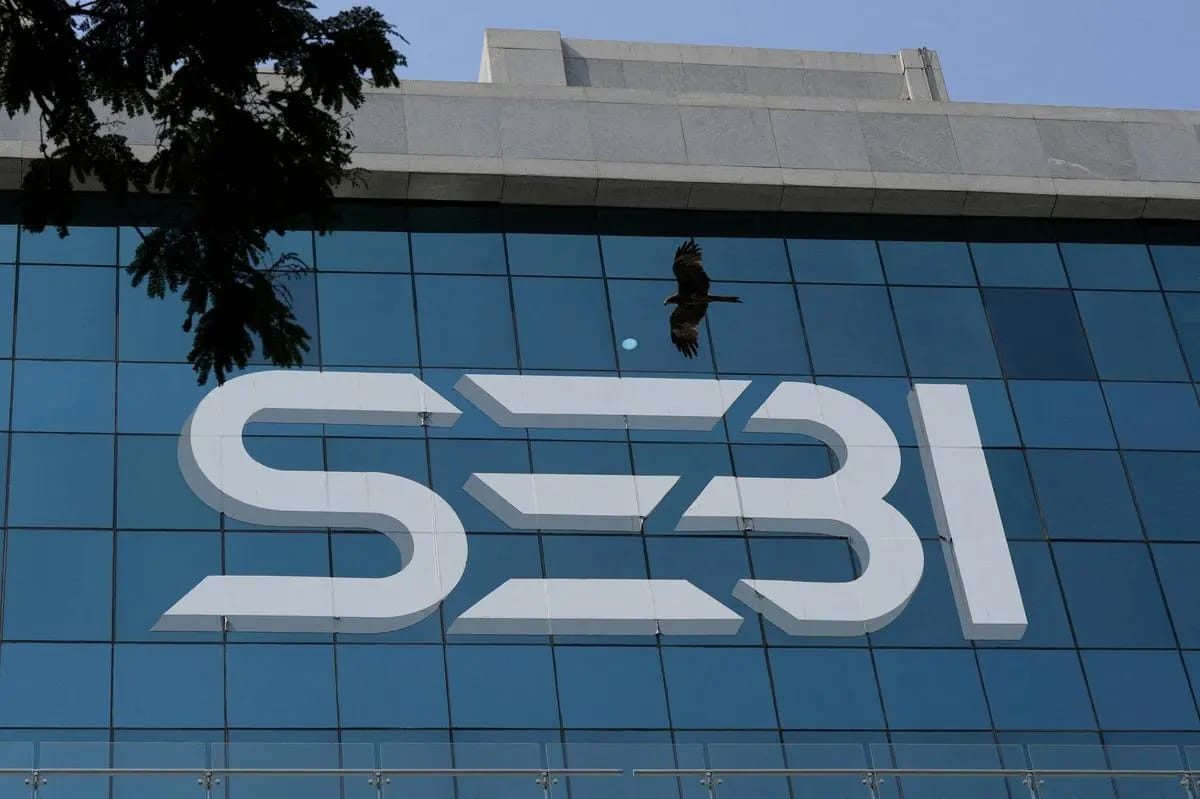 Image Source: The Indian Express
Image Source: The Indian Express
In a historic step marking the biggest regional media infrastructure push in decades, the Government of India has unveiled a ₹480-crore blueprint to construct Soochna Bhavans—state-of-the-art media hubs—in 12 state capitals. This multifaceted initiative aims to transform the public information landscape, bringing the Information & Broadcasting Ministry’s scattered media wings under one modern, tech-enabled roof, and dramatically strengthening the government’s interface with regional media ahead of key state elections and the pivotal 2029 general polls.
Why Soochna Bhavans, Why Now?
Currently, crucial government media units like the Press Information Bureau (PIB), Central Bureau of Communication (CBC), Publications Division, and the Central Board of Film Certification operate from rented and often poorly equipped premises, typically far-removed from the center of state governance. This has, for years, hampered quick coordination and smooth rollout of information and publicity campaigns at the state and regional level. The new Soochna Bhavans, modeled after Delhi’s National Media Centre, are set to solve that challenge at scale by bringing all arms under one roof and equipping them with next-generation infrastructure.
Where Are the New Soochna Bhavans Coming Up?
Construction in the first phase will begin in these capitals: Lucknow, Dehradun, Chandigarh, Jaipur, Patna, Bhubaneswar, Guwahati, Ahmedabad, Bengaluru, Thiruvananthapuram, Hyderabad, and Kolkata. Each hub will be set up at an estimated cost of ₹40 crore, part of a cumulative ₹480 crore investment, and will operate from vacant land parcels, mainly within central All India Radio or Doordarshan campuses for city-center accessibility.
What Will the Soochna Bhavans Offer?
The government’s vision is undeniably ambitious:
Fully integrated, green smart complexes: Ground-plus-four structures will feature energy-efficient lighting, solar panels, rainwater harvesting, and advanced waste management.
Media hubs and event centers: Three auditoriums (capacity: 150 each) for press conferences, screenings, large meetings, and cultural performances; operated privately for flexibility.
Journalists’ hub: Modern workspace for 25–30 journalists, equipped with high-speed internet, access-controlled secure servers, an e-library, modular workstations, ergonomic furnishings, and daily newspapers.
Tech-forward amenities: High-speed LAN, IP-based EPABX systems, surveillance via CCTV, baggage scanners, and secure entry.
Support and welfare spaces: Crèches, gyms, yoga rooms, transit guest rooms for officials, VIP lounges, rehearsal space for cultural troupes, video conferencing, and dedicated CBC material storage.
A Boost For Regional Voices
Officials describe Soochna Bhavans as much more than buildings: they represent a decisive step towards balanced, regionally attuned policy communication. By upgrading infrastructure and ensuring government communication teams work closely with media in the heart of each state, authorities hope to give a strong voice to regional issues and enhance state-level outreach of flagship government programmes.
The consolidated centers will drive faster dissemination of vital information, streamline campaign execution, provide locally relevant forums for dialogue, and reduce the time and friction previously associated with scattered offices and rented spaces.
A Strategic Move Ahead of Key Polls
With several key state elections looming and the 2029 Lok Sabha polls on the horizon, the timing of this regional media revamp is no accident. Political analysts and media historians point out that information strategy and public connect are central to any modern governance agenda. By building trusted, modern, and accessible media spaces at the state level, the government is not only future-proofing its information machinery but also signaling a long-overdue recognition of India’s regional diversity and linguistic richness.
What’s Next?
Design and tendering processes are already underway, with a focus on completing a batch of the new centers before the 2027 state polls. Upon operationalization, Soochna Bhavan will set benchmarks for transparency, media-government collaboration, public engagement, and digital readiness.
Officials say this is only the first phase, with plans to eventually cover all state capitals and expand auxiliary outreach by linking Soochna Bhavans digitally with smaller media units in the interiors.
Final Word
The Soochna Bhavan initiative offers a bold blueprint for an empowered, decentralized media engagement era—one that blends the best of technology, accessibility, and regional touch, leveling the playing field for every state’s narrative and voice.
Sources: Indian Express, Ministry of Information and Broadcasting, DAVP
Advertisement
Advertisement





